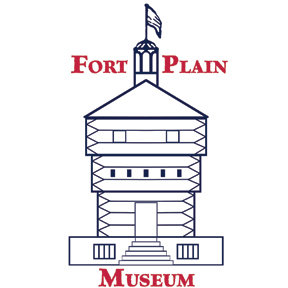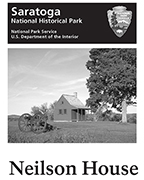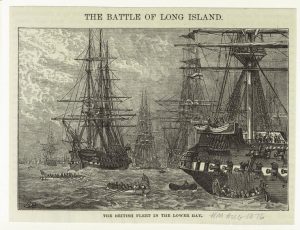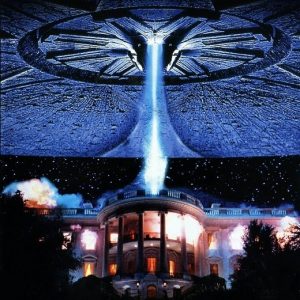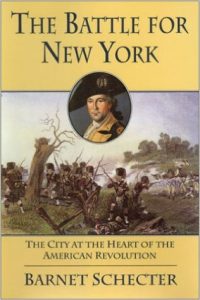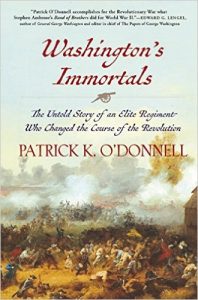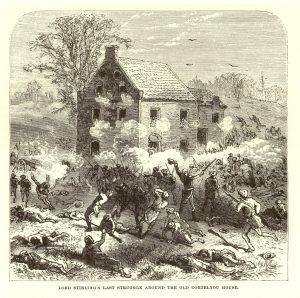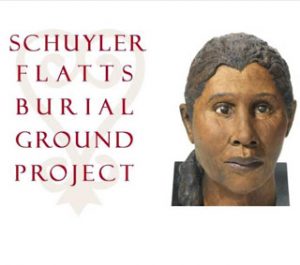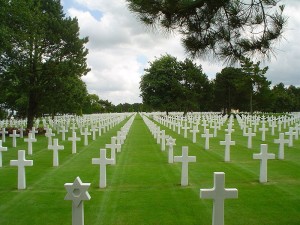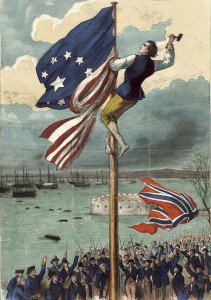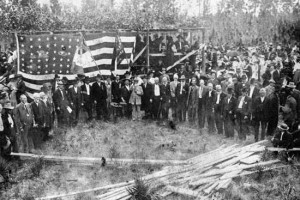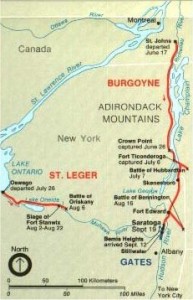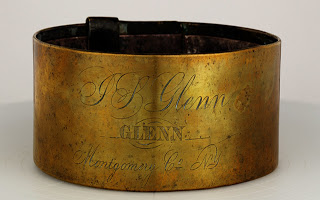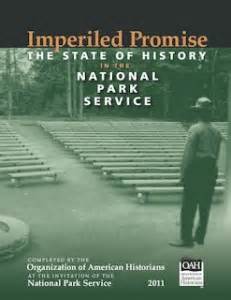
This post is the second in a series investigating Imperiled Promise: The State of History in the National Park Service, an NPS-commissioned study with implications for the NPS historic sites in New York, the state counterpart with the NYSOPRHP historic sites, as well as for historic sites in general. For Part I, click here.
Imperiled Promise, proposes “a new vision of history” designed to “lift history out if its often marginal state” by stressing its place as a core activity.
So positioned, history can help the NPS better guard the precious resources in its care, and propel the agency toward greater relevance to American civic life….to fulfill its promise of creating an inspired, informed, and thinking citizenry.
The deliberate use of the word “civic” signifies the commitment to the vision of local/state/national history as in integral part of the social fabric of the community, a fabric that is being unraveled even more so today than in 2011 when the report was written. The ongoing controversies about Confederate memorials testifies to the power of historical memory to the present and of the need to bring it out into the open and see the light of day. Since many NPS sites are military battlefields, it should not be surprising that the NPS also is on the frontlines of the cultural battlefields as well. Similarly many other sites, especially colonial, have had the experience of re-evaluating the lives and events of the people associated with the site. Engaging the public in a discourse is fraught with danger and not something all historic sites are equipped to do. But ignoring the past is no solution either.
The authors of the study sent out over 1500 survey forms to NPS staff with history as part of their job description. The positions included rangers, historians, and curators and some archivists and archaeologists based on the government employment codes. Retired people were contacted, parks were visited, and group sessions were held at the annual meetings of the Organization of American History (OAH) and National Council on Public History (NCPH). It should be noted that former New State Historian Bob Weible had been head of the NCPH and that City of Rochester Historian and APNHYS board member Christine Ridarsky has become more involved with NCPH in the last few years. Marla Miller one of the authors who presented at the workshop in 2014 prior to the NYS History Conference is now the Vice President and she informed me at the Massachusetts History Alliance meeting in June at Holy Cross, that the annual NCPH conference would be in our area in 2019.
The Introduction to Part I of the report paints a dire picture. The actual word used by the authors is “distressing.” There appears to have been “a decades-long decline in the relative investment made in ensuring that history scholarship and interpretation remain sound and robust.” One source described the study as “a renewed reminder of the historical staffing crisis that has been growing like a noxious weed in the National Park System over the past decade.” The place of history within the organization is not good:
Even when the consequent attitude toward history is not outright disdain, there is a dreadful tendency to view historic sites as somehow emasculated by the absence of geysers, waterfalls, granite grandeur, and genuine law enforcement challenges.
This blunt and bleak assessment highlights the enormous obstacles confronting any serious attempt to elevate the status of history within the organization.
To gain a better understanding of what is really happening on the ground, the authors examined the history staff of the NPS. They found that these individuals “are dispersed and often only loosely connected.” Even the 182 individual “historians” by job title out of 22,000 total staff including seasonal and temporary don’t necessarily do “history” as someone outside the bureaucracy would understand it. One respondent wrote that history in the NPS is “sporadic, interrupted, superbly excellent in some instances and vacant in others.” A critical shortcoming identified is one which will resonate with the New York history community: “neither the chief historian’s office, nor any other single entity within the service, clearly speaks on history’s behalf or has responsibility for overseeing all history work throughout the NPS.” Gosh, I wonder how that situation could exist or be a problem. I am shocked. Shocked to find out that no one is in charge here.
The authors, who themselves are historians by training and profession, recognized that there is a problem across all history organizations including museums, colleges, universities, schools, and public programs. The challenge they identify is to make history, historical thinking, and historical training relevant and intelligible. As an example of critical thinking, suppose a President of the United States claimed that a certain Secretary of State was the worst one in American history and that America has been a loser in all the treaties it has signed (so we are going to return Alaska to the Russians, thank you very much Secretary of State William Seward of Florida and Auburn, New York for that folly!). On what basis was that historical conclusion reached? On what basis can it be challenged?
The authors bemoan the popular perception of history as “either a boring recital or memorized facts or a series of arcane and tedious debates about esoteric subjects.” To those one might add that contrary to Daniel Patrick Moynihan, people are entitled to their own facts. In this environment when people have the right to alternative facts it is difficult to make the case the NPS should encourage and foster critical thinking skills as part of a park visit. Of course, the report was written when there was a former professor in the White House. Times have changed. What do you as a ranger when confronted with someone who prefers an alternate universe? Rangers don’t have the option to change the channel.
The author’s discovered some ingrained institutional issues that compromised the position of history within the NPS. An internal divide is expressed through the shorthand of “nature” and “culture.” Within the culture realm there is another division, this time between:
Cultural resources management or the preservationists who protect the physical remains of the past, and interpretation or education-oriented processes aimed at fostering public appreciation for the resources and introducing larger narratives of the American story.
According to the consultants, the past 40 years of the NPS has been a confining of history, historical research, and history programs to preservation. The story began in 1935 with the passage of the Historic Sites Act. Suddenly a nature and scenery organization had thrust upon it responsibility for historic sites (just as happened to the Office of Parks in New York). There already was an NPS Chief Historian beginning in 1931 tasked with an education mission for the nature sites. As it turned out, the Chief Historian had an academic history background and he envisioned the history sites as classrooms for the teaching of history. Therefore he needed a history staff. Since all this was happening during the Depression, he was able to hire Ph.D.’s in history and soon had a staff of 60. But the marriage of history preservation behind the scenes and history presentation to the public was a tense one.
By the 1960s, the preservationists had won the battle. Broad historical themes were out and targeted messages conveying specific information about the specific site one was in. With the National Historic Preservation Act of 1966, the new National Register of Historic Places operated under the umbrella of the National Park Service. The result of various shifts in department organization and practices was according to one survey respondent that NPS historians are “buried under compliance and a variety of bureaucratic mandates.” Instead of practicing the craft of history, the NPS historian survey respondent wrote: “Much of our professional talent in the cultural resources disciplines spends the bulk of its time on resource management” and not applied research. Furthermore, there is a gap between history or what passes for it in the NPS and the best professional, scholarly practices in history. That discrepancy is part of the reason for this study through the Organization of American Historians. That discrepancy is part of the reason why professional historians were asked to conduct the study. That discrepancy is part of the reason why professional historians with an emphasis on public history were asked to conduct this study.
With this background in mind, we can now turn to:
1. What was recommended?
2. How does it applies on the state level to government owned and operated historic sites.
3. What are the lessons for non-federal and non-state history museums and societies?
To be continued.


